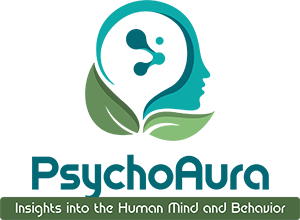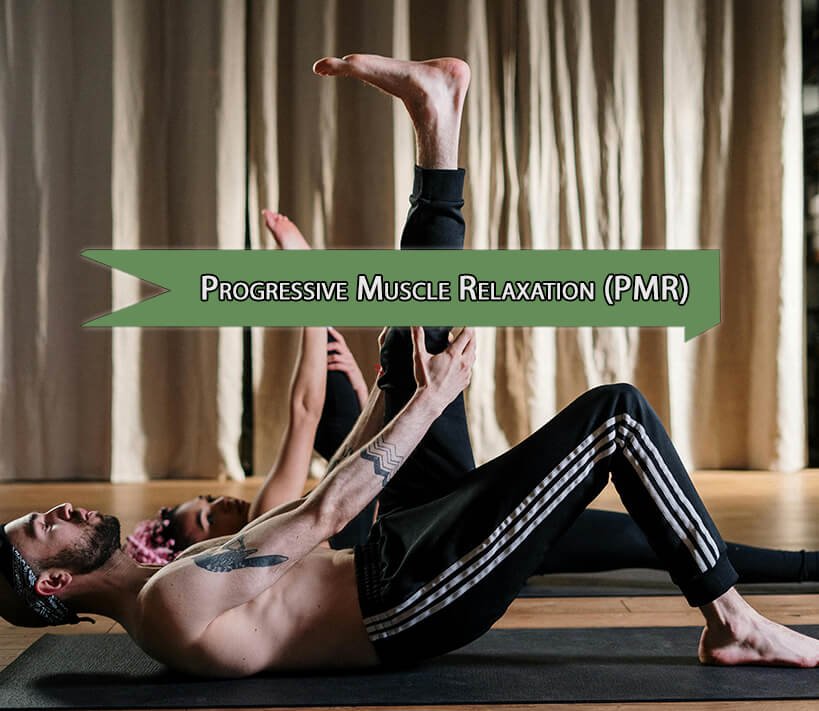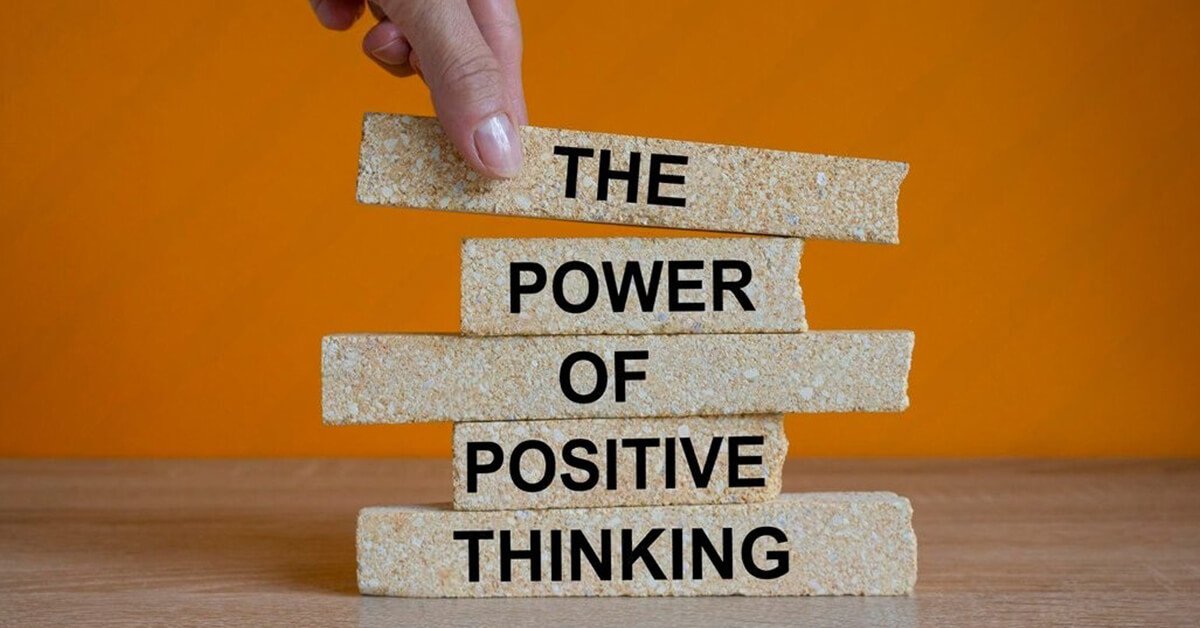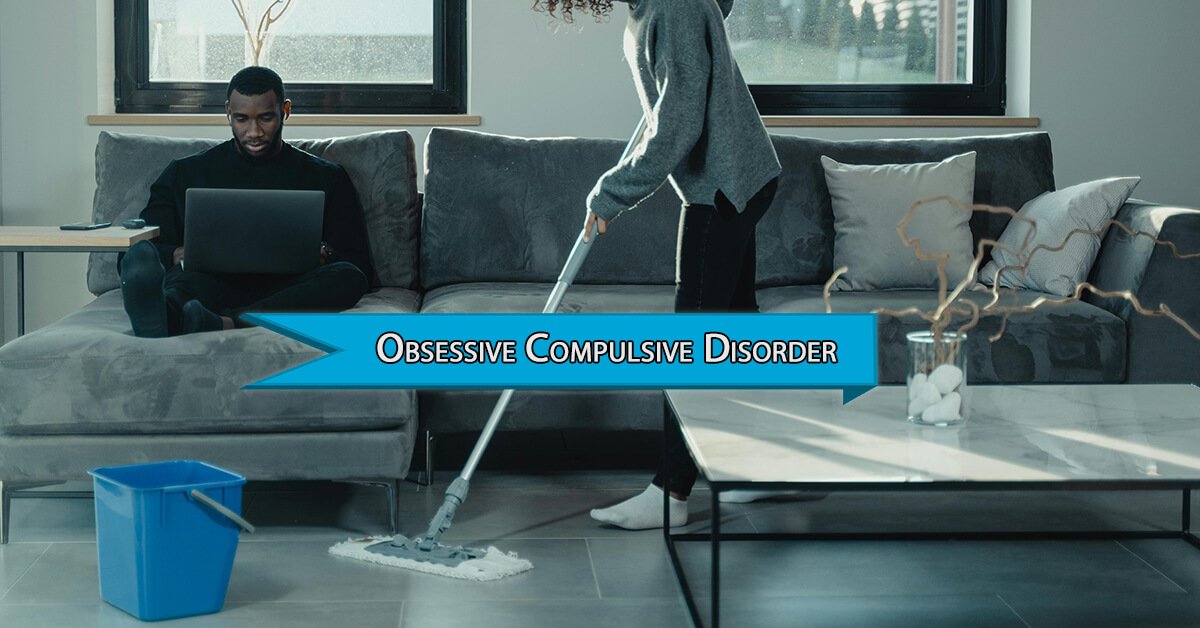Progressive Muscle Relaxation (PMR) is a calming technique developed by American physician Dr. Edmund Jacobson in the early 20th century. The idea is surprisingly simple: it involves first tensing and then relaxing different groups of muscles in the body. Through this method, you become more aware of physical sensations and learn to recognize and release muscle tension, which is often caused by stress and anxiety. Over time, this technique can help improve sleep, reduce chronic pain, alleviate symptoms of depression, lower blood pressure, and promote a more profound sense of relaxation, emotional well-being, and overall mental clarity.
Progressive Muscle Relaxation (PMR) goes beyond simple stretching, it is mindfulness in motion. It teaches your mind to connect deeply with your body and invites calmness through focused physical awareness. By intentionally tensing and relaxing muscle groups, you train yourself to identify where stress is stored in the body and how to release it. This practice not only enhances mental clarity and emotional balance but also fosters resilience against daily stressors. At Psychoaura, we believe in the power of this technique to restore inner peace, promote self-awareness, and support holistic mental well-being through consistent, mindful practice.
Why Does PMR Work?
When you feel anxious, your body holds onto stress in your muscles, your jaw clenches, your neck stiffness, and your stomach tightens. Over time, this chronic tension contributes to physical discomfort and intensifies mental stress. Progressive Muscle Relaxation (PMR) interrupts this cycle by sending a clear message to your nervous system: it is okay to relax now. Research shows that PMR can significantly reduce anxiety, alleviate symptoms of depression, improve sleep quality in cases of insomnia, and even ease physical pain. It is widely used in therapeutic settings, pain management clinics, and by athletes and public speakers to reduce performance-related anxiety. Additionally, PMR enhances emotional regulation, supports mindfulness practices, and fosters a stronger mind-body connection, making it a valuable tool for long-term mental wellness.
How to do Progressive Muscle Relaxation
You do not need any special equipment or a specific environment to practice Progressive Muscle Relaxation (PMR), a quiet space and your focused attention is enough. A step-by-step guide to performing PMR is provided below.
1. Find a Comfortable Space
A quiet place should be chosen where you will not be disturbed. You can either be seated or lie down, whichever feels most comfortable to you.
2. Take Deep Breaths
Slow, deep breathing should be started. A deep breath should be inhaled through the nose, held for a few moments, and then slowly exhaled through the mouth.
3. Focus on one muscle group at a time
Your feet should be started with, and gradual movement should be made upward. Each muscle group should be tensed for 5-7 seconds, then gently released and allowed to rest for 10-15 seconds. The difference between tension and relaxation should be observed closely.
Here a Sample Sequence
- Feet and toes: Curl them tightly, then release.
- Calves: Flex them as if pressing a gas pedal, then relax.
- Thighs: Squeeze them together, then let go.
- Stomach: Tighten your abs, then release.
- Hands: Make fists, then open your palms.
- Arms: Bend your elbows and tense your biceps, then release the tension.
- Shoulder: Shrug them towards your ears, then drop them.
- Neck: Gently press your Head back, then return to neutral.
- Face: Scrunch your facial muscles, then soften.
4. End with Stillness
After going through all muscle groups, sit or lie still for a minute or two. Allow your body to experience the sensation of complete relaxation.
Tips to Maximize the Benefits
- Practice daily, especially before bed, to improve sleep.
- Use audio guides or apps for a more immersive experience.
- Combine with deep breathing or calming music.
- Be patient, it takes time to learn how to let go entirely.
Conclusion
Progressive Muscle Relaxation (PMR) is a simple yet powerful technique that can be easily incorporated into daily routines. It requires no special tools or settings, just your presence and willingness to focus. With consistent practice, a greater sense of calm, improved physical comfort, and enhanced mental clarity can be achieved. Stress and tension are gradually reduced, and the body is gently trained to respond to anxiety with relaxation rather than reactivity. Over time, emotional resilience is strengthened, and overall well-being is promoted. Whether used as part of therapy, for stress relief, or as a daily mindfulness practice, PMR is a tool that should be embraced and practiced regularly for lasting benefits.




